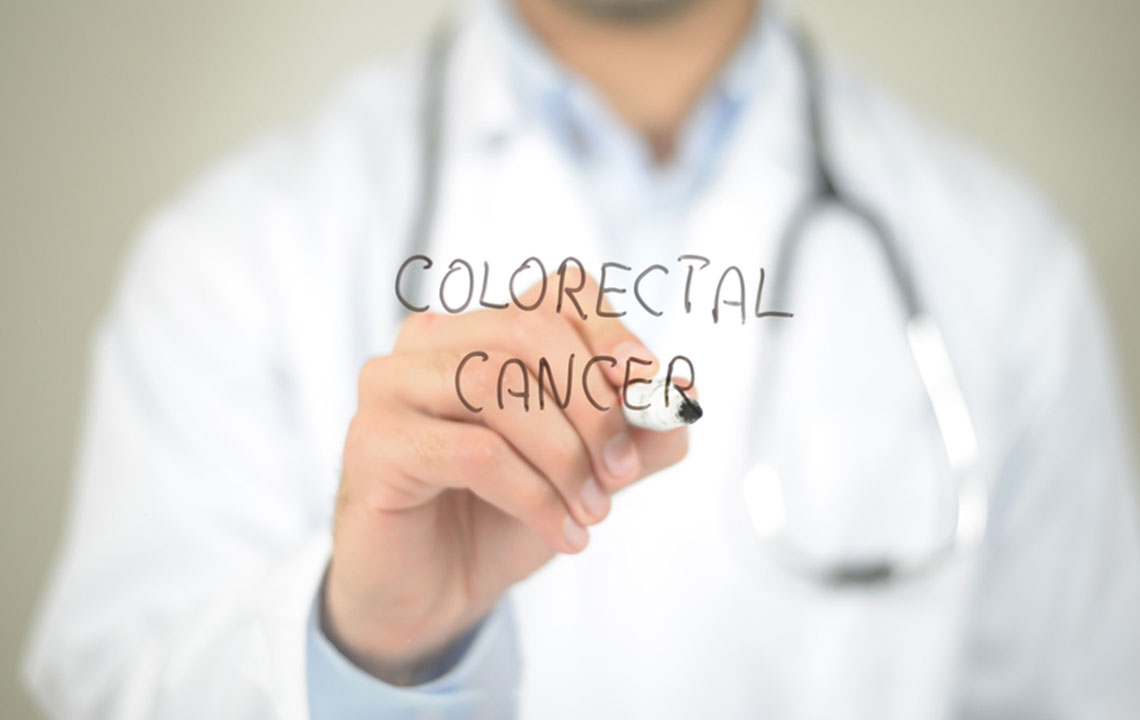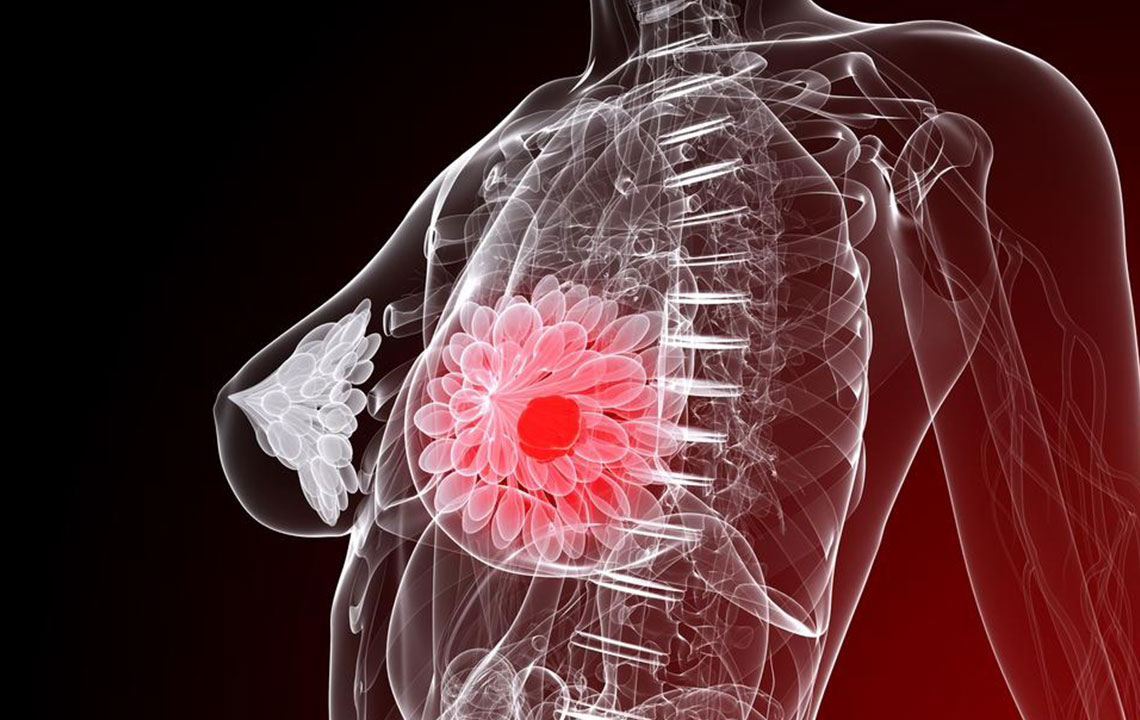Effective Methods for Detecting Colon Cancer Early
Early detection of colon cancer is crucial for successful treatment. Regular screenings such as colonoscopies help identify precancerous polyps and early-stage tumors, especially for high-risk groups like those over 50, African-Americans, or with family history. Symptoms include bowel changes, blood in stool, and abdominal discomfort. Genetic factors and lifestyle choices also influence risk. Prompt diagnosis through biopsy and screening significantly improve survival rates, highlighting the importance of awareness and preventive health measures.
Sponsored

Detecting colon cancer effectively
Annually, approximately 12.7 million new cancer diagnoses are made worldwide, with around 7.6 million fatalities. Early detection enables about one-third of these cases to be cured. Colon cancer, arising in the digestive tract's distal part, ranks as the fourth most prevalent cancer. If identified early through signs and proper screening, it can often be treated successfully, reducing mortality rates.
Colon cancer typically begins as benign polyps—small mushroom-shaped growths lining the colon wall—that may turn malignant over time. While polyps are common, especially among older adults, not all pose a cancer risk. During screening, doctors remove and analyze polyps to assess their potential for malignancy. A study by the New England Journal of Medicine indicates that individuals undergoing colonoscopies and polyp removal are twice as likely to survive colon cancer compared to unscreened populations.
High-Risk Groups:
Individuals over 50, particularly African-Americans and men, face higher risks of developing colon cancer and should undergo regular screenings. Family history also significantly raises the risk—about 20% of patients have close relatives with the disease. Genetic factors, such as familial syndromes like familial adenomatous polyposis (FAP) and hereditary non-polyposis colorectal cancer (HNPCC), further increase vulnerability. FAP leads to numerous polyps beginning in adolescence, while HNPCC typically causes right-sided colon cancers in the 30s and 40s.
Signs and Symptoms:
Symptoms of colon cancer are often nonspecific, making diagnosis challenging. They vary based on tumor location and whether the cancer has spread, including:
Changes in bowel habits like diarrhea or constipation lasting several days
Abdominal discomfort or bloating
Unintentional weight loss and loss of appetite
Blood in stool
Fatigue and weakness
Nausea
Altered stool consistency
Excessive gas and vomiting
Other conditions such as inflammatory bowel disease or ulcers can produce similar symptoms. Noticing multiple signs warrants prompt medical consultation. Tumor location influences symptoms: right-sided cancers may cause anemia, while left-sided ones can lead to bowel blockage.
Diagnosis involves colonoscopy or biopsy—tissue samples are examined microscopically. Since early or symptomless cancers may go undetected, routine screening is vital, especially for high-risk groups. Lifestyle factors, like physical activity, can reduce risk, emphasizing prevention over treatment.






